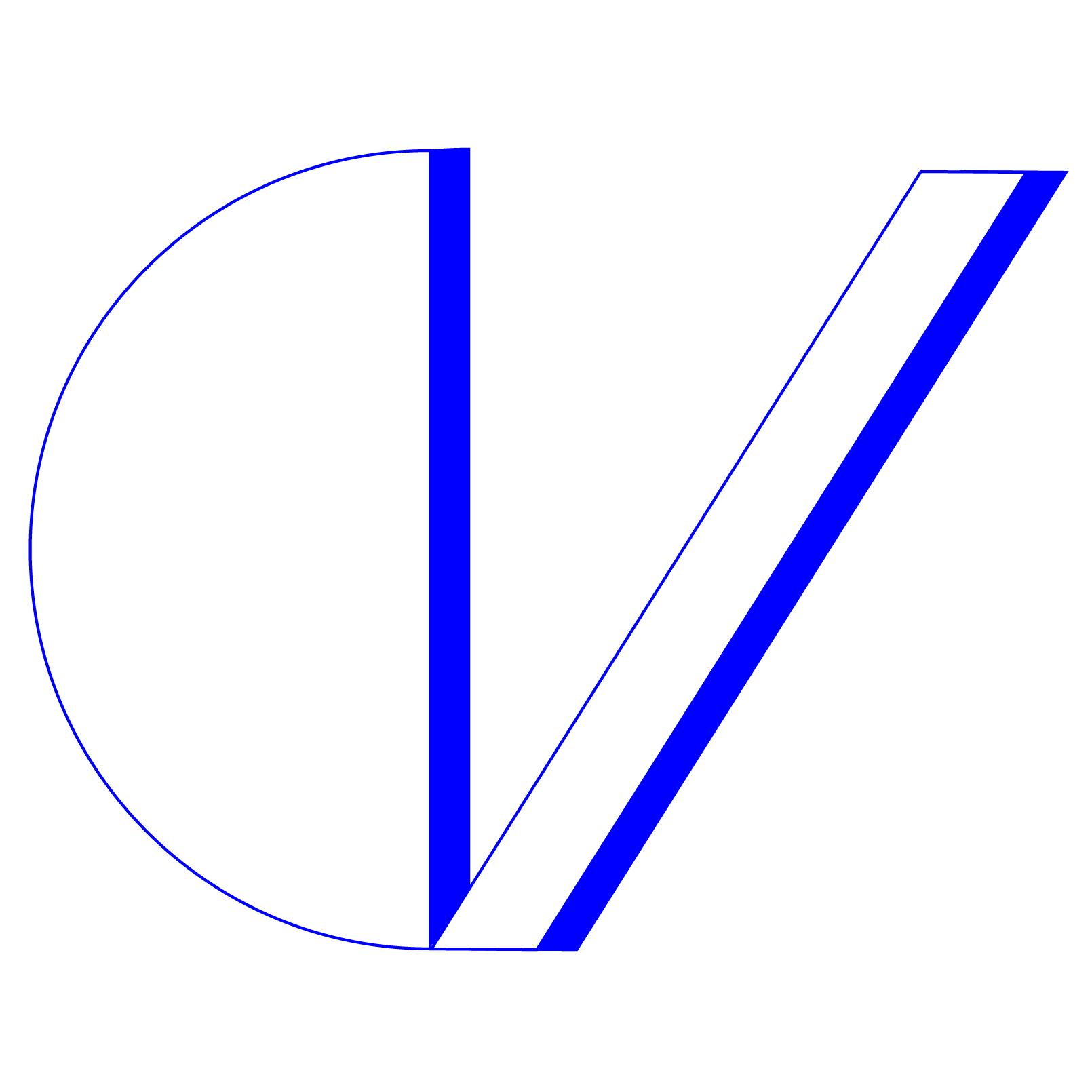In Summer 2020, I interned with Google as a software engineer within the Front End Analytics Team. The challenge was to create another way to explore data - not just 2D interaction but bringing the data to life.
This open-source project was an exciting way to experiment with data visualization, providing a foundation for (more literally) interacting with data in new ways. Over the course of 12 weeks, I built a VR scene from scratch, using virtual reality tools (A-frame) and then adding data visualizations tools (D3) to the mix.
3D Movement
Web Version: WebVR only allows support for 2D movement so I was able to implement a solution that facilitated movement in all directions, using the W-S keys for z-movement, A-D keys for x-movement, and Q-Z keys for y-movement.
Mobile VR: Google Daydream also doesn't easily facilitate movement within a VR space, so I defined my own interface by adding arrow keys for all movements, which appear in front of the user at all times.
Movement in Web Version
Mobile VR version with arrows for movement
Panning + Hover Card Focus
Web Version: Panning is harder in web because one has to use a mouse, but the mouse can still be fixed to read the values of each data sphere.
Mobile VR: Panning in Google Daydream is as easy as a turn of head and information on each of the hover cards can be read by pointing the controller at the point.
Panning motion in Web Version
Panning motion + data values in Web Version
